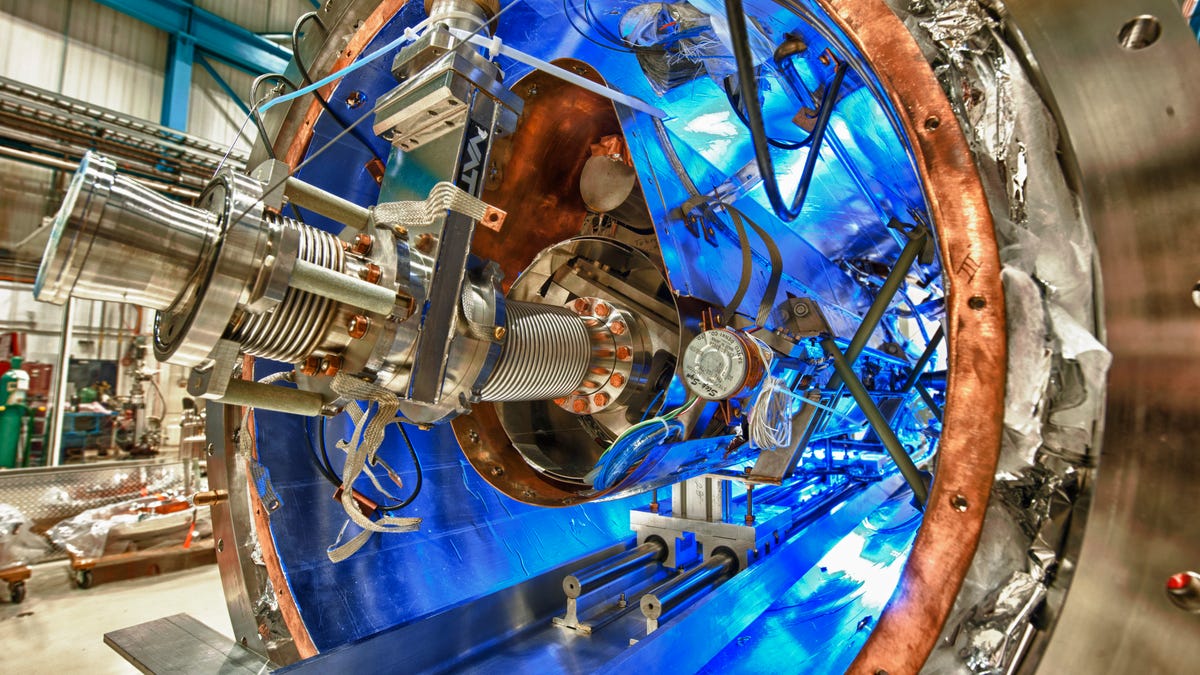CERN kicks off LHC's 2012 Higgs hunt
The European nuclear research agency collides two high-power proton beams early this morning, marking the beginning of this year's Large Hadron Collider physics data collection.

The European nuclear research agency CERN collided two high-power proton beams in the early hours of Thursday morning, marking the beginning of this year's Large Hadron Collider physics data collection.
The colliding beams were each of an intensity of 4 teraelectronvolts (TeV), and the resulting 8 TeV collision energy is the most powerful the particle accelerator has managed yet. In 2011's experiments, collisions went up to 7 TeV and, following the 20-month shut-down that will take place from November, CERN hopes to achieve LHC collision energy of 13 then 14 TeV.
"The experience of two good years of running at 3.5 TeV per beam gave us the confidence to increase the energy for this year without any significant risk to the machine," Steve Myers, CERN's director for accelerators and technology, said in a statement. "Now it's over to the experiments to make the best of the increased discovery potential we're delivering them."
Read more of "CERN kicks off LHC's 2012 Higgs hunt" at ZDNet UK.